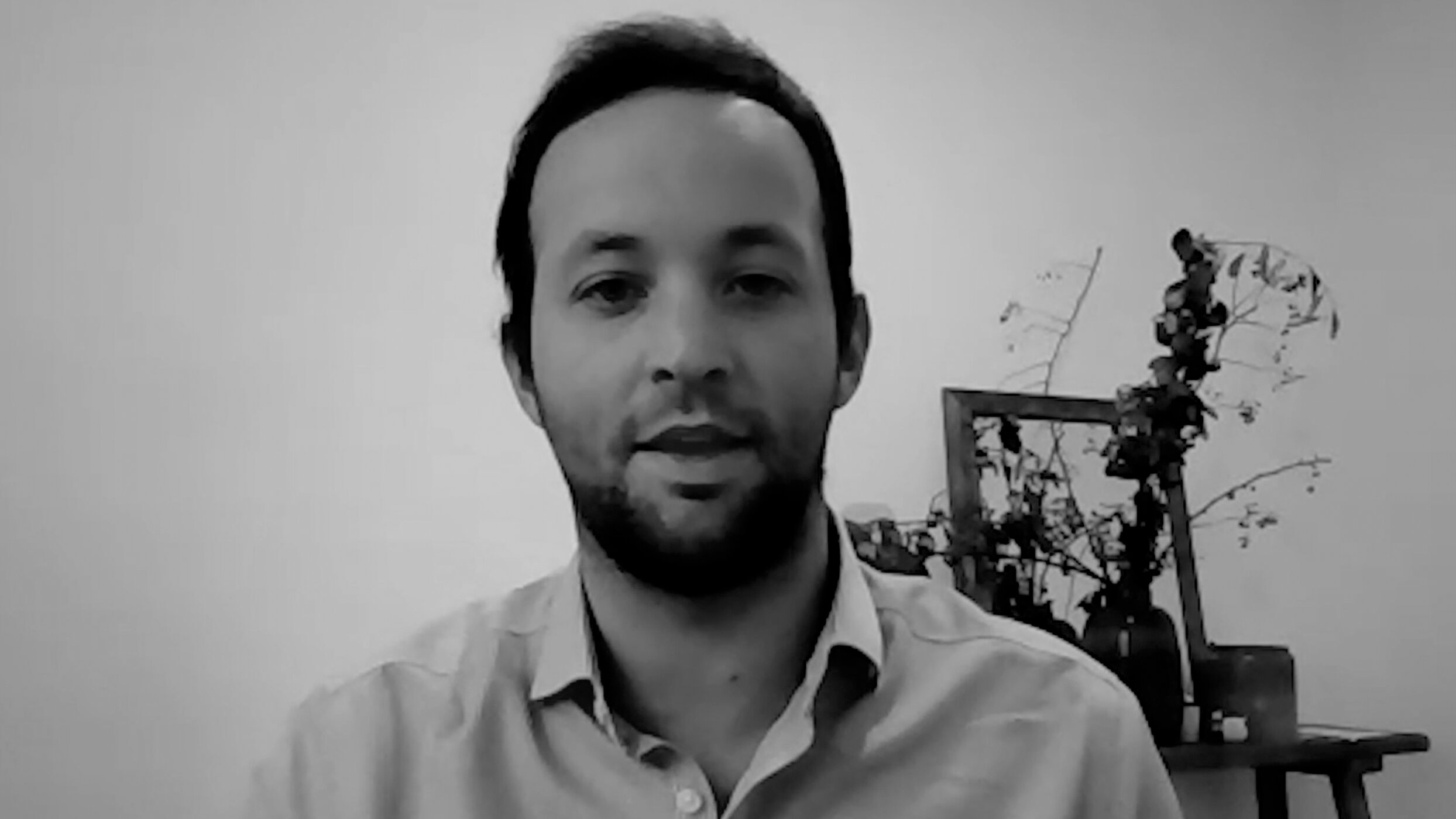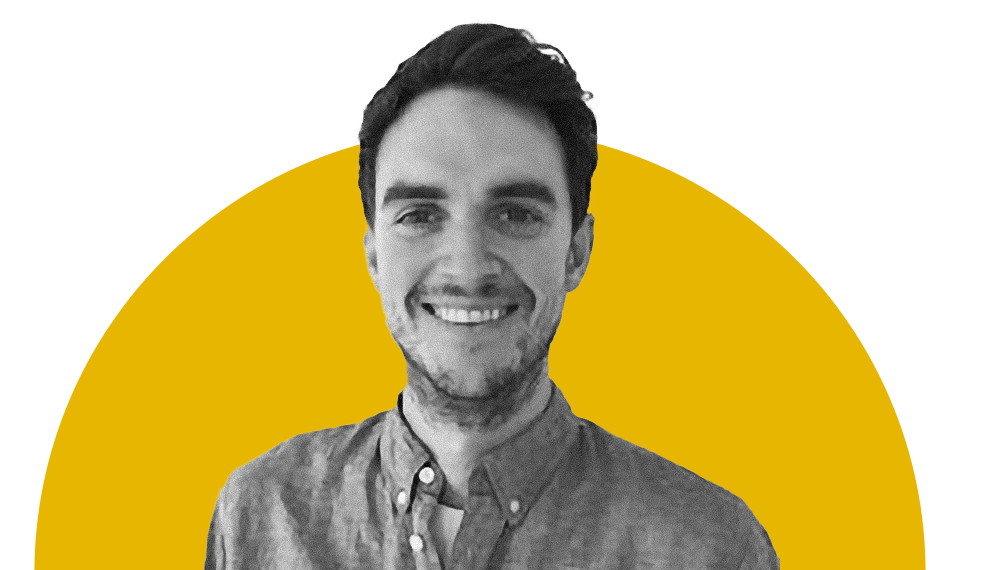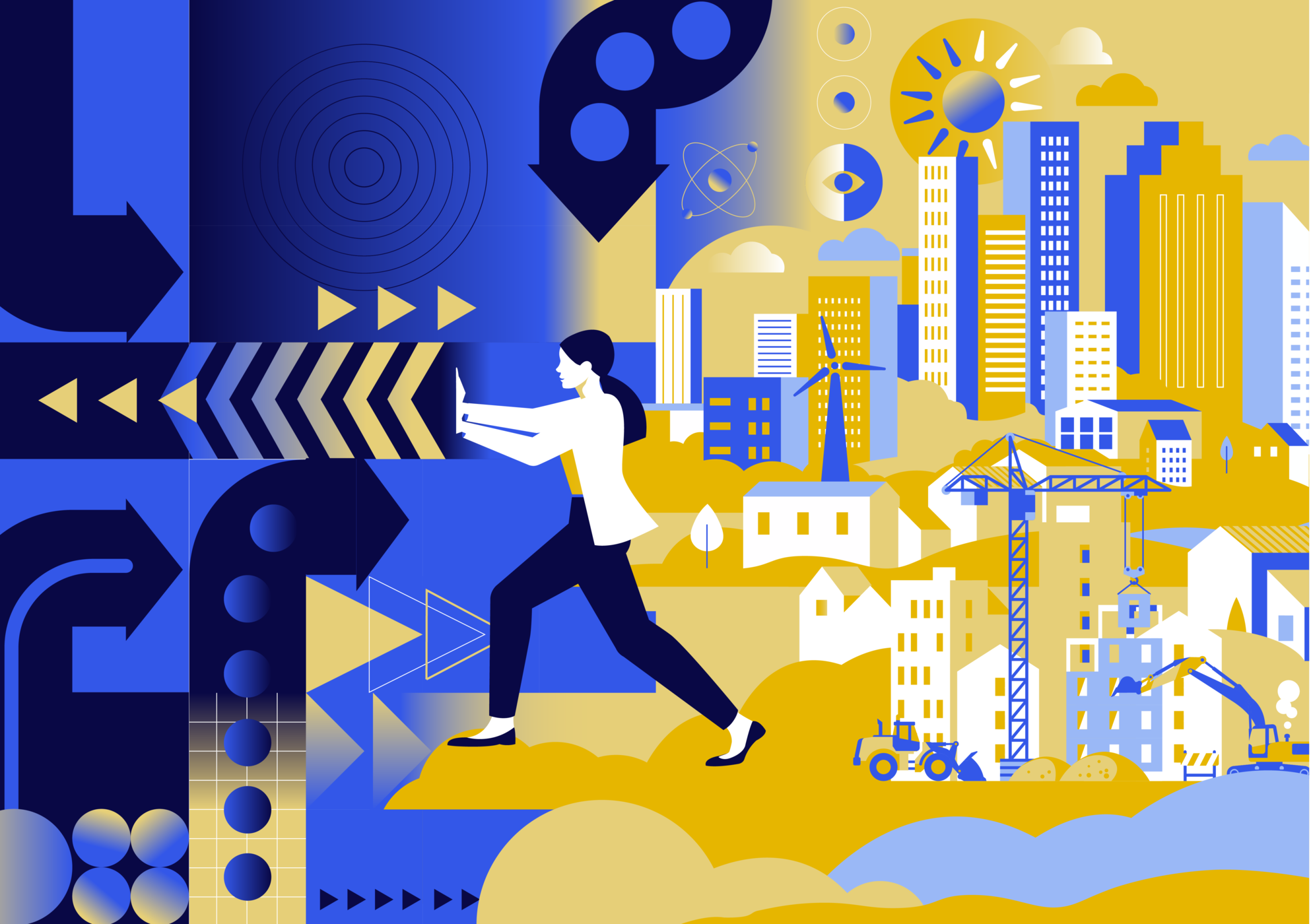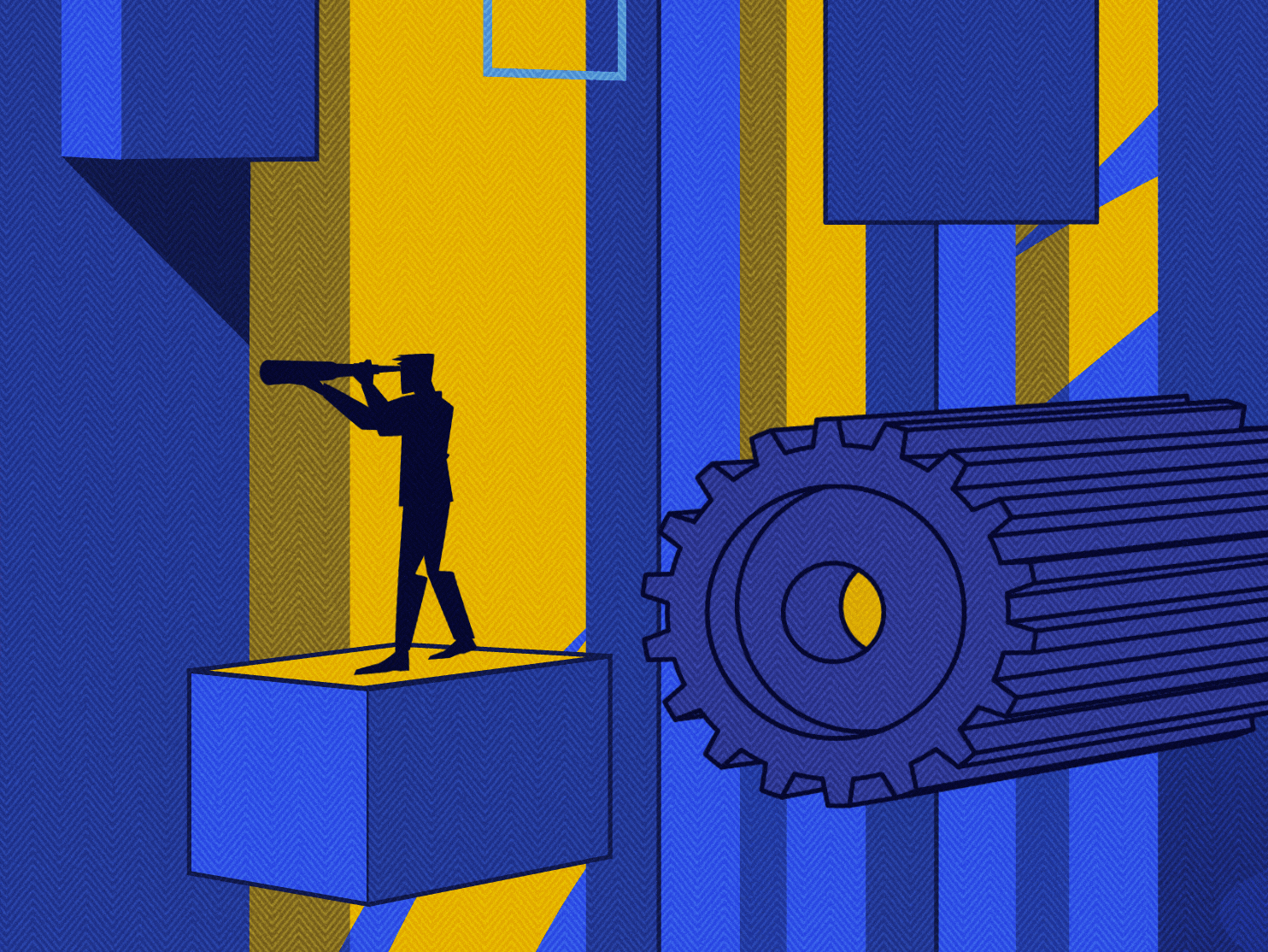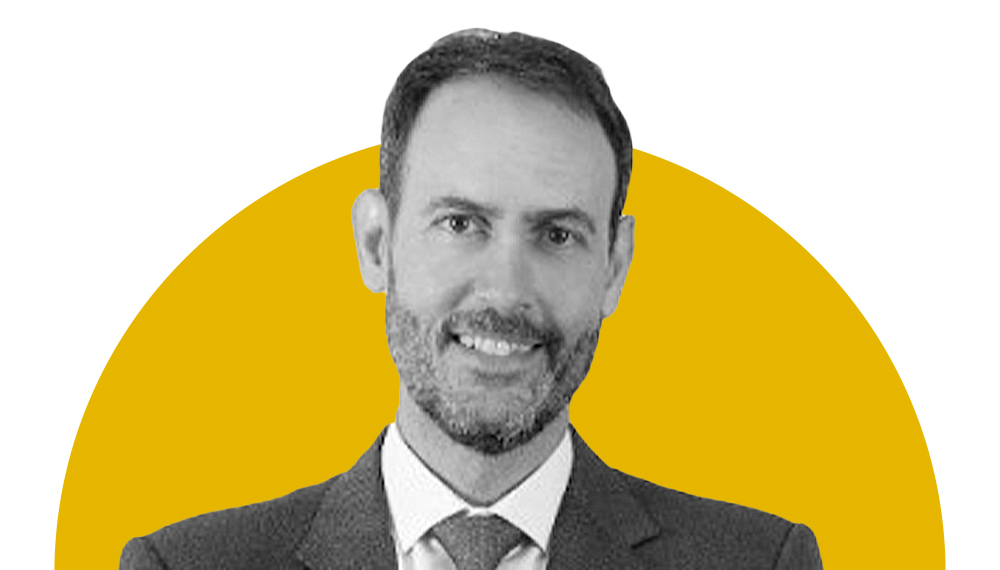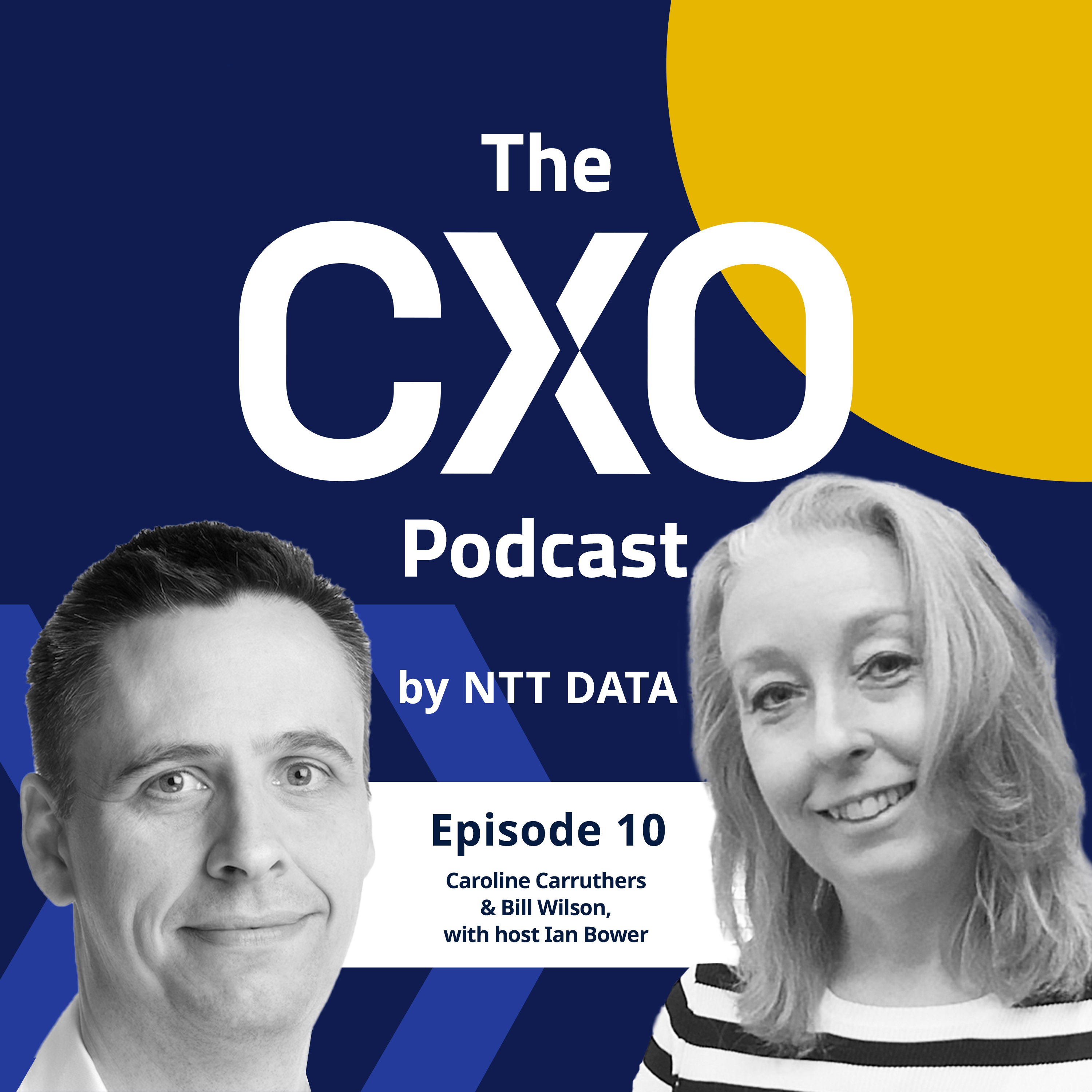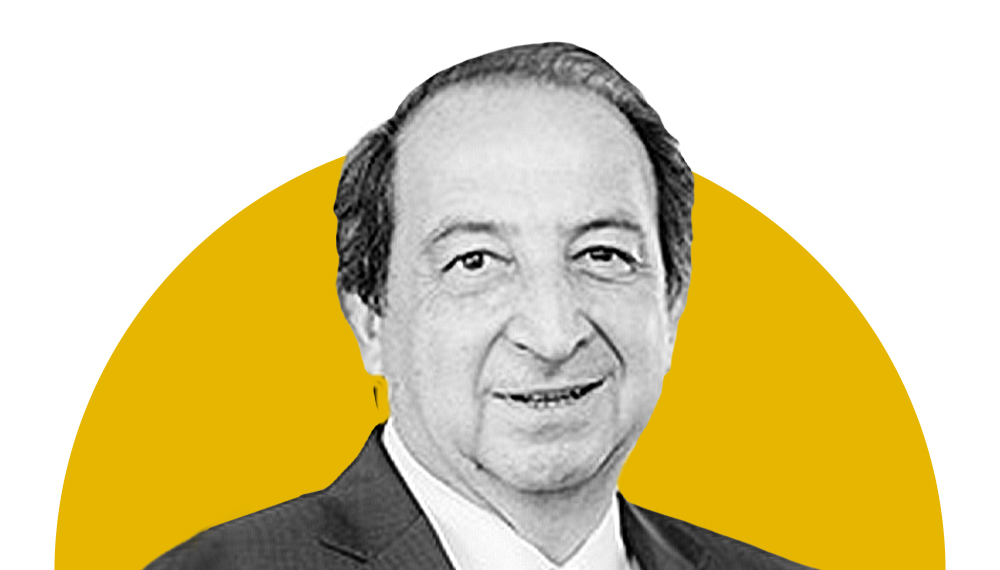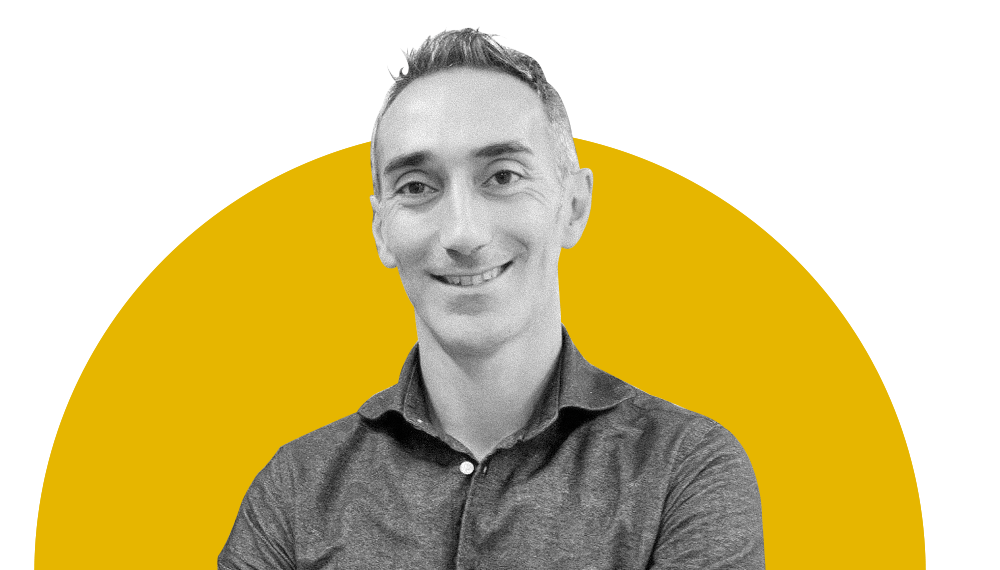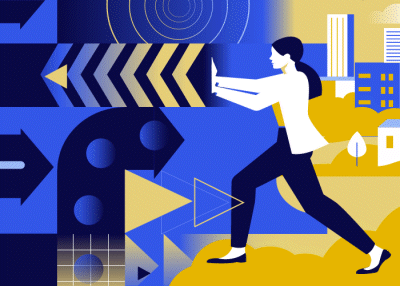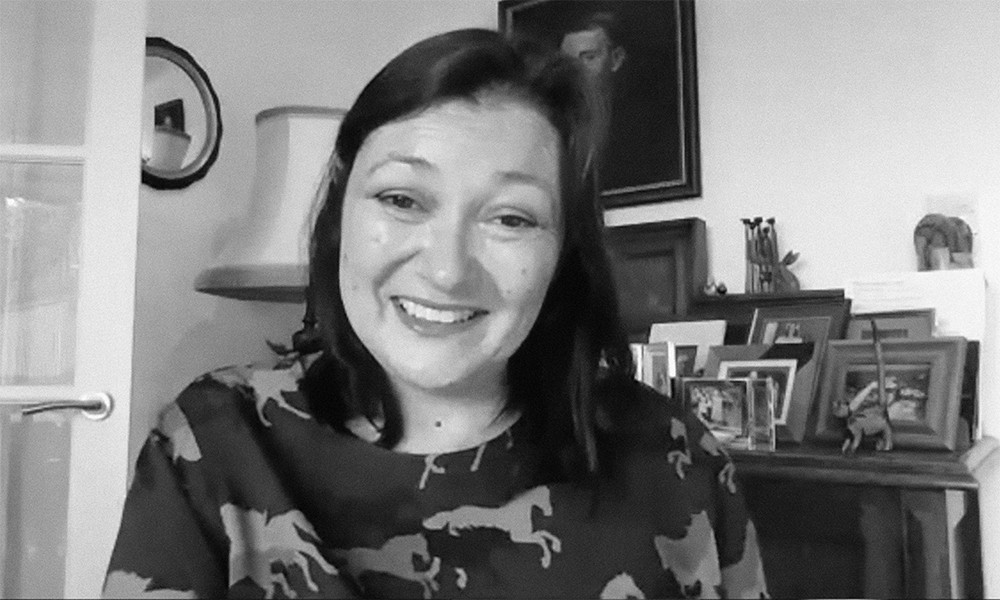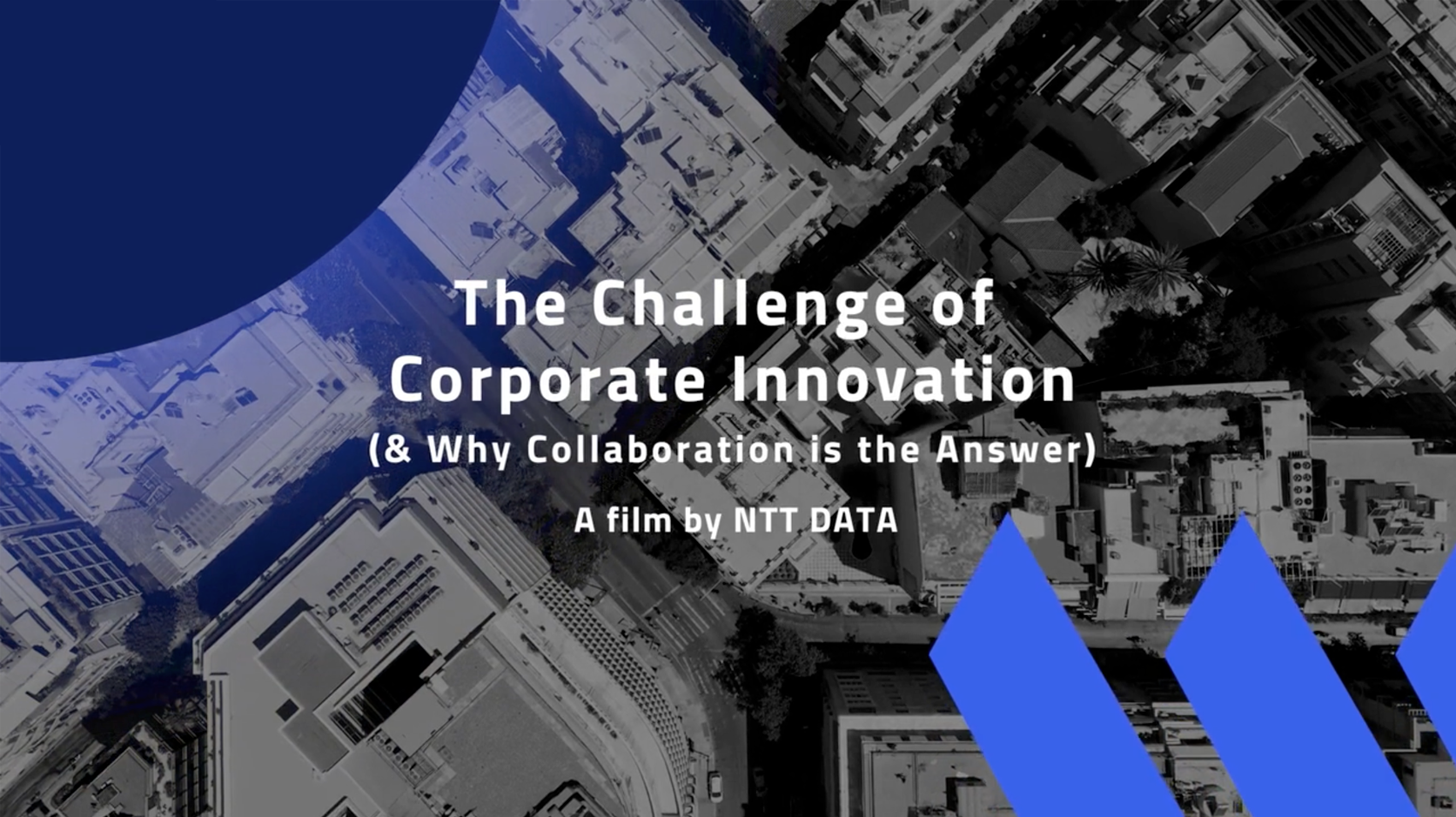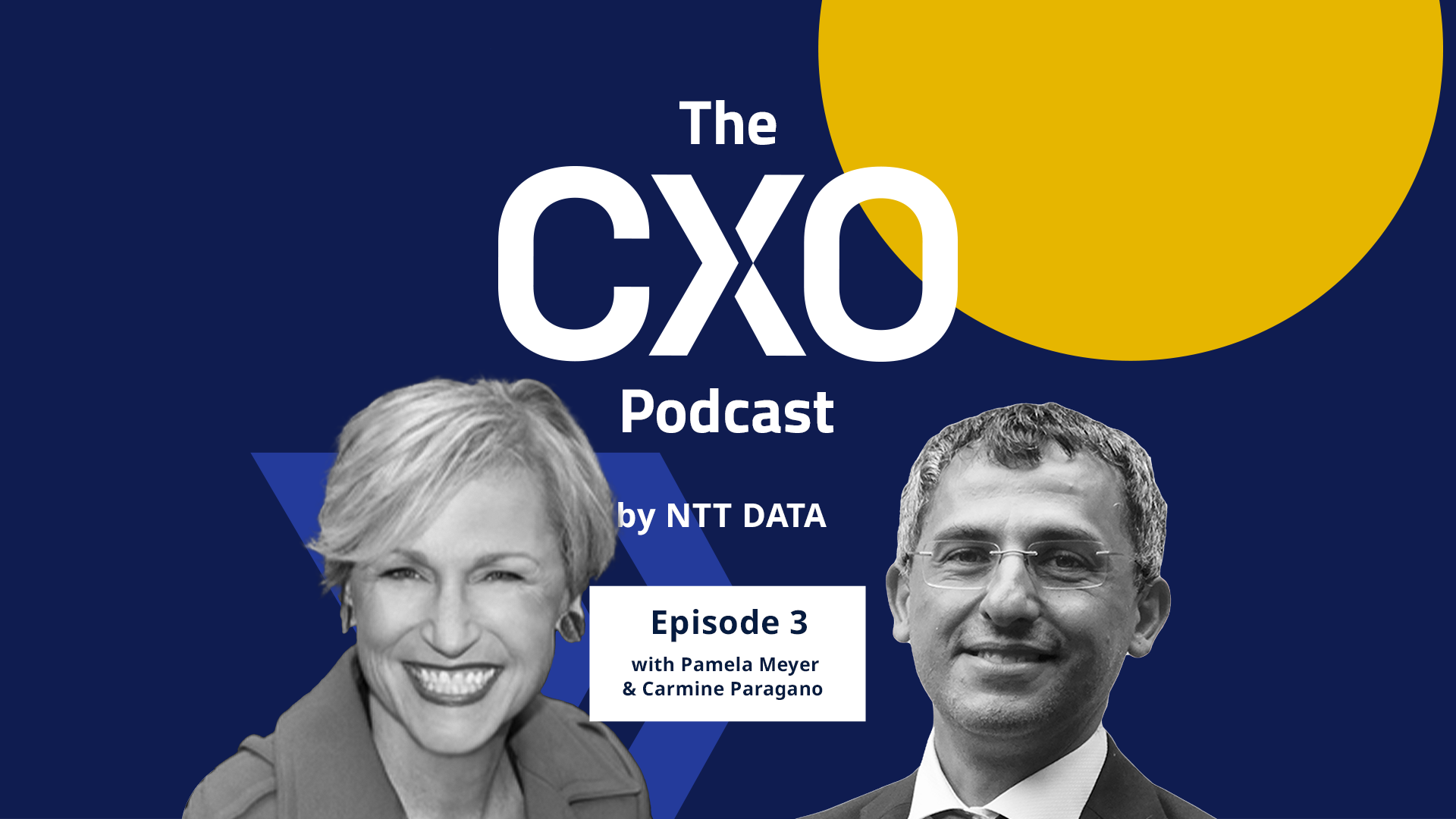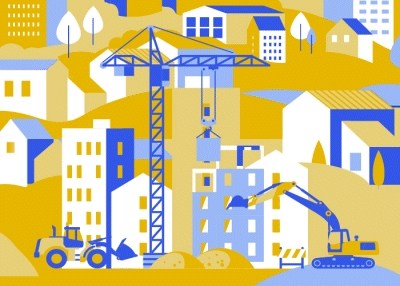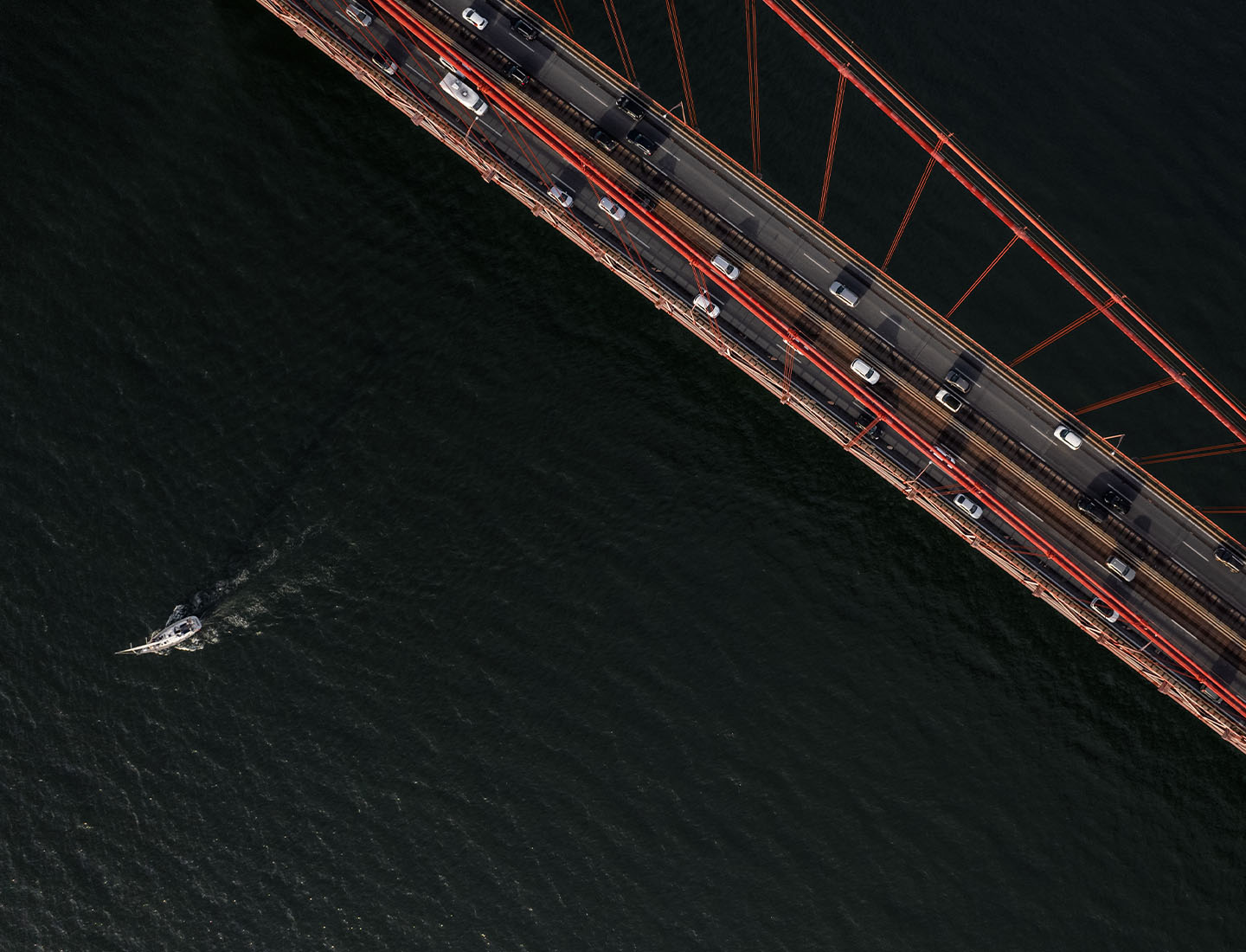Listen now to Stefan’s article: The Challenge of Continuous Change
“Adapt or perish, now as ever, is nature’s inexorable imperative.” – H. G. Wells
Nothing stays the same: as humans, we know this immutable fact of life. And whilst H. G. Wells couldn’t have known about the devastating impact of the Covid-19 pandemic when he wrote those words over 70 years ago, his proclamation is perhaps more relevant today than ever before.
Change, and our need to adapt, is indeed relentless. For businesses, the pace of change – due in large part to advances in digital technology – was already so disruptive that long-established companies were struggling to survive, forcing enterprises across the globe to evolve; the past year, however, has accelerated this evolution to unprecedented levels.
With both the competitor landscape and customer demands changing at speed, the new enterprise must be hyper-adaptive. As enterprises look to define themselves in a post-Covid business environment, it’s clear they must embrace agility.
Rewriting the rules of business
In the wake of the pandemic, businesses are rewriting their digital transformation roadmaps; but enterprise agility encompasses every aspect of the organisation, from operations to culture.
For decades, survival and success in business was about size; now it is about manoeuvrability. This shift in mindset is one of the fundamental aspects of overcoming the challenges that many corporations face when dealing with disruptive change.
Also, there has been a fundamental and profound shift in the relationships businesses now have with their customers. Demanding more human-centred products and services, consumers now have the power to direct the future of the brands they wish to interact with.
Indeed, I have witnessed how this shift in this relationship has directly affected how businesses are now re-organising their entire operations to meet these new demands. One client, a major bank, established a user-centric prototyping lab, embracing agile methods and design thinking to rapidly develop, test and improve products.
And in the automotive industry, our research has shown that customer loyalty is changing significantly: customers are willing to change brands if they can get more advanced digital services (47% would be willing to switch brands to access innovative connected car services – NTT DATA Connected Car Study, 2020), compelling manufacturers to prioritise connected services as part of their offering to remain competitive.
Time is also a significant factor here. The disruption Covid-19 has brought to businesses has meant substantial and long-term changes have had to be made at speed. The shortening of product and service development timeframes has pushed businesses to become more agile to meet the new trading landscape’s demands.
For decades, survival and success in business was about size; now it is about manoeuvrability. This shift in mindset is one of the fundamental aspects of overcoming the challenges that many corporations face when dealing with disruptive change.
Enterprise agility as the answer to continuous change
Beyond the benefits of being focused, resilient, responsive, adaptable, versatile and able to sustainably innovate, companies that embrace agility as a core part of their strategy are 71% more likely to grow profitably than those who do not.
The benefits of agility extend far beyond the commercial impact, significant as this is: agile projects have a 60% greater chance of success than non-agile, and in terms of market share the position is greatly strengthened, with 87% of companies believing that business agility provides a competitive opportunity. From employee engagement to customer loyalty, agile firms are outperforming their peers – and able to cope with continual disruption.
To understand and then implement a programme of change that delivers the level of agility needed today, business leaders need to understand that agility is a multifaceted concept, which in many cases calls upon enterprises to radically alter the fabric of their businesses – the ‘fabric’ being the culture, and how collaboration manifests as new ways of working.
Agility for NTT DATA always balances technology and the people it enables. We help businesses find that equilibrium.
I am often asked what a business’s agility journey looks like. Commonly, business leaders associate this journey with their digital transformation roadmaps. But their agility roadmap is quite different: it is very much about the people of the organisation.
In the age of disruption, I believe agility is about a business’s mindset. As well as being brave, businesses must be humble – realising that failing is not a bad thing, when it leads to quick learning and quick adaptation. How an enterprise thinks about their customers, the environment, and their place in society all have a profound impact on changing its mindset. Moreover, communicating this adaptive mindset to their workforce is crucial, as employees’ day-to-day lives will change too, of course (for the better).
The pillars supporting an agile enterprise
Fundamentally, the pillars supporting an agile enterprise are the elements of a strong organisational culture – elements which good leadership must ensure they actively promote.
Autonomy, engagement, purpose, collaboration and speed are, for me, the pillars onto which you can build an agile business, able to thrive in the disruptive environment we face today. I also believe becoming agile means that your company has the opportunity to shape these environments. You are not a passive follower of trends, but an innovator.
The leaders I speak to find it challenging to understand the changes they need to make to their business: the new ecosystems that must be built have little in common with their legacy processes and organisation. Indeed, neo business is redefining process, human resources, customer services and competitor relationships.
Technology and external insight as enablers for agility
An organisational redesign is a core component all agile enterprises share. Here, technology can be an enabler: using new collaboration tools to connect dispersed teams, rapidly evolving HR, purchasing, marketing functions, and a complete reimagining of customer services, are all components of an agile enterprise.
I also advocate that agility means looking outside of the business. Supply chains must be agile and flexible; but think, too, about competitors and start-ups – what can be learned? How could you collaborate in order to capitalise on trends?
These external insights will be vital in creating the agile ecosystem your company’s future will be based upon. The value networks your company builds today are the foundations through which your agile enterprise will flourish. Remember, agility isn’t insular: an open, collaborative mindset is how you create your agile business.
Agility in practice
The conversations we have with businesses that understand they need to be more agile often lead us into close collaborations, and even the development of new ecosystems. A good example is Tangity. As part of the NTT DATA Design Network, Tangity’s approach to design has agility at its core. Providing multidisciplinary service design expertise, the business can only serve its customers by moving quickly and upholding user-centricity as its core principle.
The human-focused component of agility, that I believe is so central to creating an agile ecosystem across a business, is encapsulated in our co-creation space, Ensō. It leverages technology yet places the human component of innovation first. Agility for NTT DATA always balances technology and the people it enables. We help businesses find that equilibrium.
Keeping the human aspect front-and-centre, for us, is achieved through each area of innovation, from discovery (with our Foresight reports examining societal trends in tandem with technological) to definition (ensuring the highest ethical standards are upheld, for example in AI solutions) to delivery (human-centred connected services, such as our Indoor Navigation real-time localisation solution).
One industry that is seeing massive change is Insurance. Automation, the extensive use of data, and how cloud services can be utilised to deliver agile customer services, are all elements of how this industry is transforming. NTT DATA works with Legal & General, whose Director of Group Data Sciences, Peter Jackson, commented on how we were able to take their people on the journey to agility by communication and collaboration, referring to how NTT DATA people “seamlessly integrated themselves into my team”. We were able to understand from day one what they wanted and how to bring it alive. “Together we’ve run workshops and conferences to bring people together. Our last conference brought more than 110 employees together, including senior management. The feedback has been incredible.”
Through fluid organisation structures and open networks of communication, we’re able to help clients like L&G both understand the benefit of, and implement the practices of, enterprise agility.
Paths to agility
Becoming a more agile company is undoubtedly a journey. The hardest part of that journey is deciding to start. Change – even in small increments – can be difficult for businesses. The often-massive changes needed to become a more agile company can be disruptive; but the conclusion of the agile journey is a new enterprise, fit to thrive in the volatile, uncertain, complex and ambiguous (VUCA) business environment that the Covid pandemic has left in its wake.
The conclusion of the agile journey is a new enterprise, fit to thrive in the volatile, uncertain, complex and ambiguous (VUCA) business environment that the Covid pandemic has left in its wake.
I want to leave this discussion with an overview of our vision for a human-centred connected future, Pathfinder. Through three NTT DATA ‘perspectives’ – the navigator, the creator and the pioneer – we help clients and collaborators navigate the choppy waters of business disruption, and smooth the convergence of technical advancement and social progression.
Central to this vision for the future is a smart, sustainable society – a concept that is encapsulated in Society 5.0, a Japanese approach to addressing societal problems with advanced digital technology. Evolving into a smart society will mean that information systems converge with the physical world, for example in the form of autonomous vehicles. And the new society also considers the values and needs of future generations, replacing the unconditional pursuit of profit with a holistic goal which is kind to the planet, as well as everyone living on it.
The three perspectives of Pathfinder’s approach to a smart future broadly relate to transformation, service delivery and innovation respectively:
- Navigators create the map that will safely take clients to new digital shores, helping them assess the technological landscape;
- Creators bring visions to life by translating digital transformation plans into solid, scalable solutions;
- Pioneers scout out new horizons, looking deeply at the interactions between technology, business and social life.
Across the board, the Pathfinder perspectives have increased satisfaction for our clients. Recently NTT DATA was ranked as #1 for customer satisfaction among IT providers in Germany (and #2 in Europe overall), with scores for transformation, service delivery and innovation – i.e. those areas optimised by our Navigator, Creator and Pioneer perspectives – exceeding the average:
70% for transformation quality (vs average of 61%)
84% for service delivery quality (vs average of 74%)
72% for innovation (vs average of 64%).
These new approaches for clients have been recognised by the industry as leading the way, such as NTT DATA’s award-winning work with Lufthansa. In this cloud transformation project, using the ‘Creator’ Pathfinder perspective, we brought Lufthansa’s vision of improved productivity and streamlined costs and operations to life.
By embodying these perspectives and working in true partnership with our clients, we are able to advocate – and actualise – the agile transformation that’s required to remain competitive.
…
For us at NTT DATA, the world of tomorrow is not some abstract idea: we take real steps to shape that future. We believe the future should be connected by technology, but at the same time dedicated to people and their needs.
And to deal with the needs of our employees, our customers, our partner ecosystem and the societies we inhabit, agility is not only essential, but the very foundation of our future.




